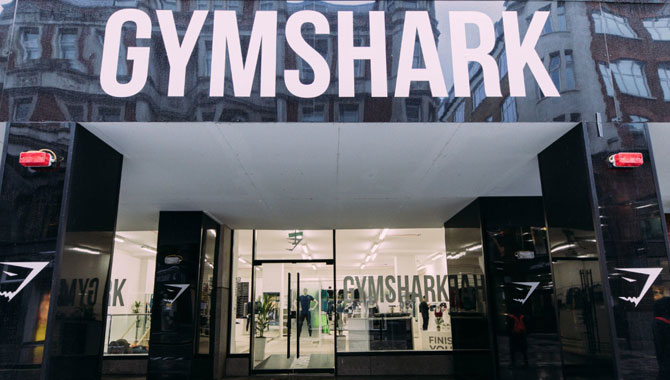—-
To stay in the loop with the latest features, news and interviews from the creative community around licensing, sign up to our weekly newsletter here

KidsKnowBest CEO and Co-Founder Joel Silverman looks how brands are balancing having an online retail presence with physical experiences, and what it means for the future of the shopping experience.
16th March 2020… The day the UK went into complete turmoil as we went into our first national lockdown.
This day is going to be etched into the history books and – although the past year has been difficult for the retail sector – I believe for forward-thinking brands and businesses, there’s been some positive outcomes.
It’s no surprise lockdown led to a huge shift of consumers moving to digital: online share of retail sales rose from 19.4% in 2019 to 26.2% in 2020. This got me thinking… With the rise of digital retail, what place is there for bricks and mortar retail?
Firstly, I wanted to look at what the digital-only players are doing. Amazon is certainly the flag-bearer here, but even they are now moving into bricks and mortar with the launch of their first grab-and-go store in Ealing. They know the power of a real-life retail experience that sits alongside a digital one.
There’s also ASOS. They’ve acquired Topshop and Miss Selfridge, which are probably the most popular brands of a generation. Rightly these takeovers don’t include their bricks and mortar stores, but I predict that when the world opens up, they will be thinking about building a consumer presence on the High Street and in shopping malls. Even a digital-only brand must consider the power of finding people where they are.
Thirdly, there’s the darling of social media, Gymshark. An incredible brand with an incredible story. They dominate the digital space. But guess what? In February 2020, they opened a brick-and-mortar store in London’s Covent Garden. Who knows how that would have panned out pre-pandemic?
There is a place for both in this world, and more brands need to embrace digital transformation to get the balance right. The brands that haven’t got there yet are the ones that don’t understand the shift in consumer trends and how crucial digital is to survival in today’s world.
So which brands are doing digital transformation right?
To me, in our sector, the stand-out is Smyths Toys Superstores – they embraced digital and it’s paying off. They know how digital fits in the consumer journey to ensure they are reaching them at various touchpoints for efficient engagement.
I also admire Nike. They have changed the game in how they continue to build their brand. I read Shoe Dog by Phil Knight and they’ve been on an incredible journey. They have moved from selling via third parties to going direct-to-consumer. This strategy ensured they would continue to build their market share and remain the market leader. Fellow sportswear giant Adidas are now following suit, as they’ve recently announced investing $1 billion in digital transformation with the hope to increase direct-to-consumer sales 50% by 2025.
But let’s not forget the Nike store on Oxford Street. When they opened the flagship experience store in 1999, it quickly became the epicentre of youth culture. Today, thanks to their balance of retail and digital experiences, they will only grow.
Another streetwear fashion brand that is really engaging with youth culture right now is FootAsylum. They have turned into a content powerhouse, as their YouTube channel has almost a million subscribers and is growing rapidly. They also regularly publish content on TikTok to reach their audience where they are and speak to them on their level.
They launched an awesome Christmas ad that played on the generational gap by smartly using talent like Young Filly, Chunkz and Ameila Dimoldeng alongside Harry Redknapp with a statement that “tradition is boring”. It really demonstrated to me how well they understand their consumers and their digital lives.
The final brand I admire is Charlotte Tilbury. The pandemic has destroyed the beauty industry, but with virtual experiences and consultations, they are trying to build new habits and a new following.
I believe the world has a long way to go to find the perfect balance between online and bricks and mortar. What we will see is enhanced user experiences on digital platforms that boost engagement and encourage longer shopping times, like you would have in-store.
And on the flip side, you will see a shift in how stores are designed and what the shopping experience is. Think of it more as ‘retailtainment’.
The future is certainly here, and I am very excited to see who is leading the innovation on both sides of the coin.